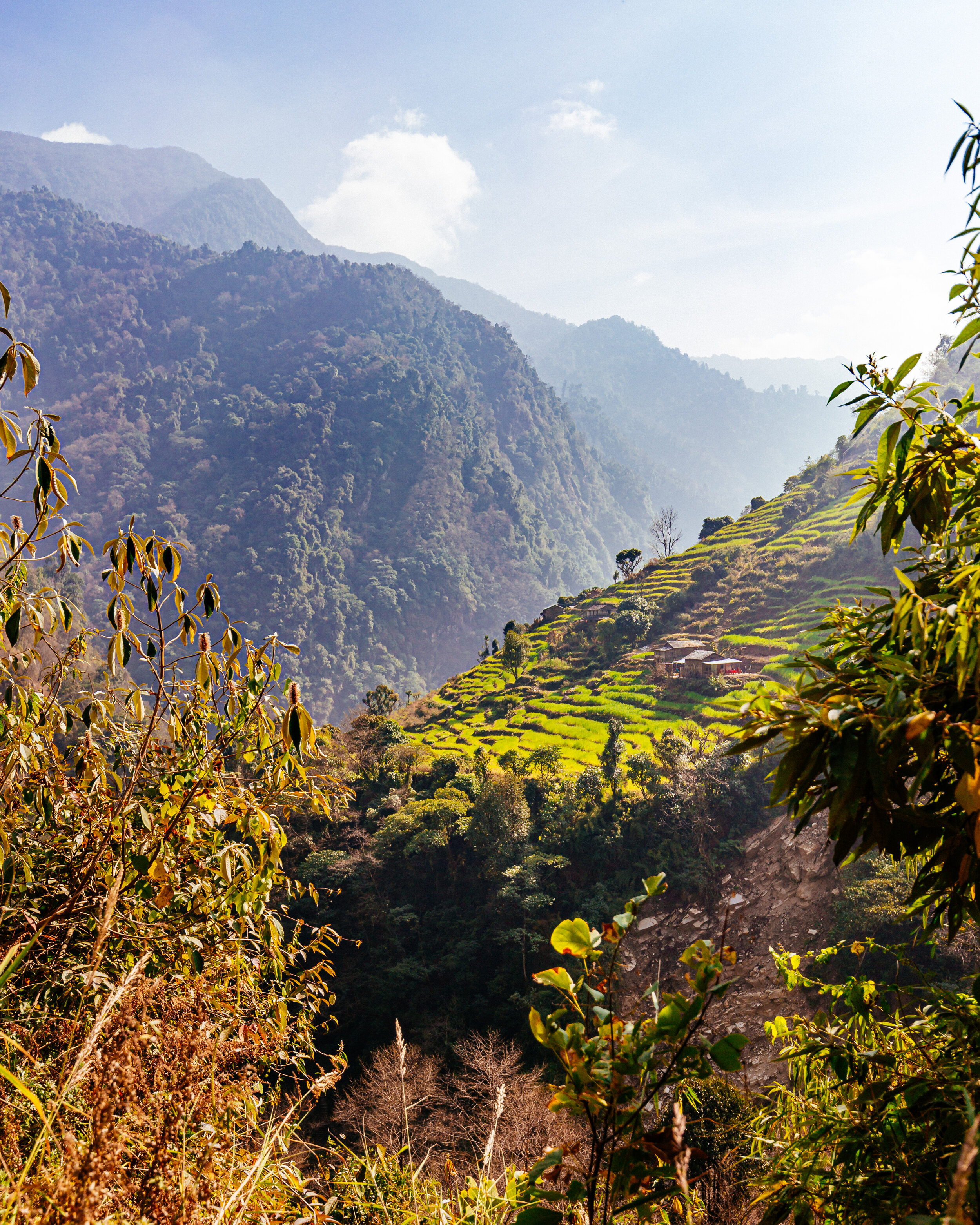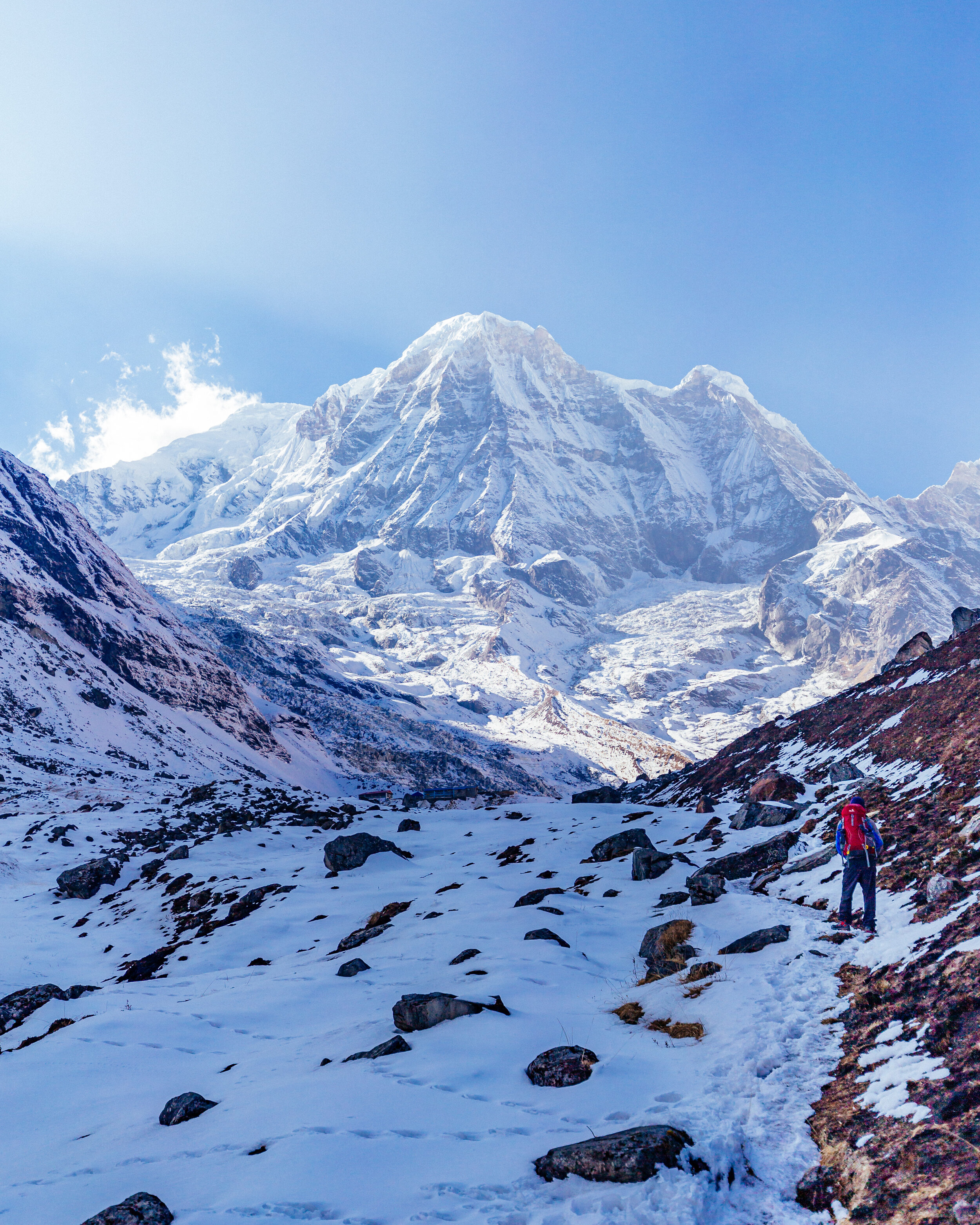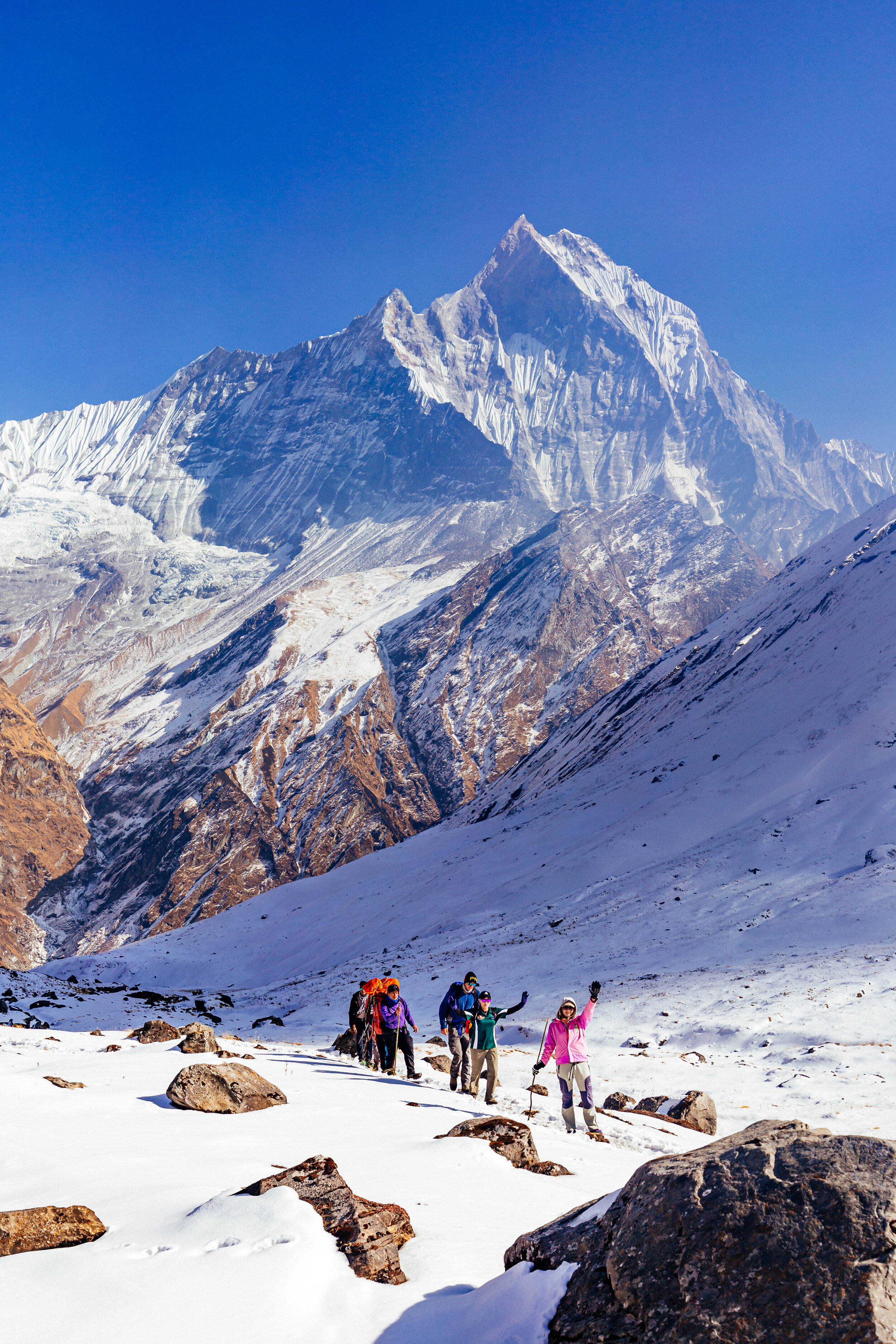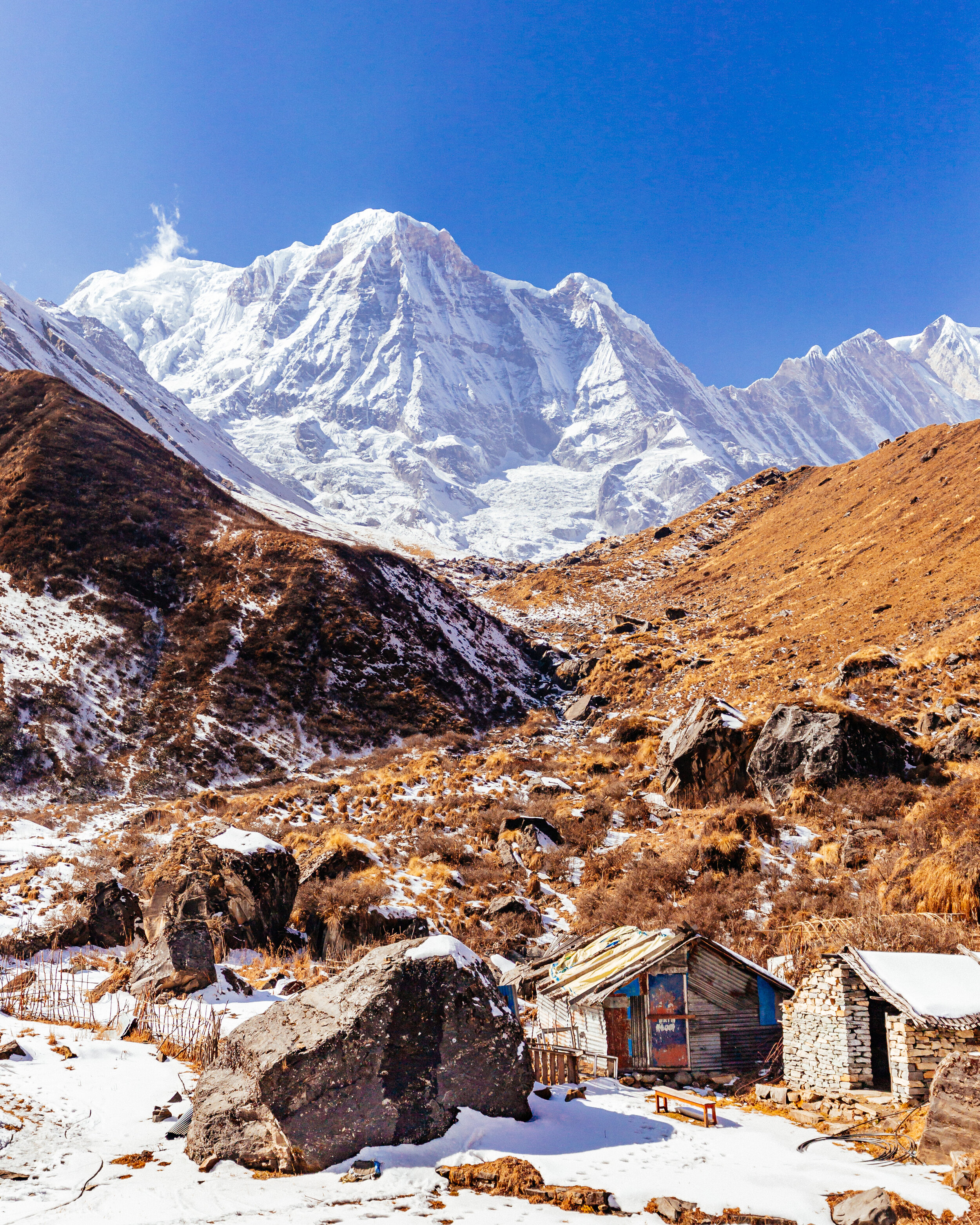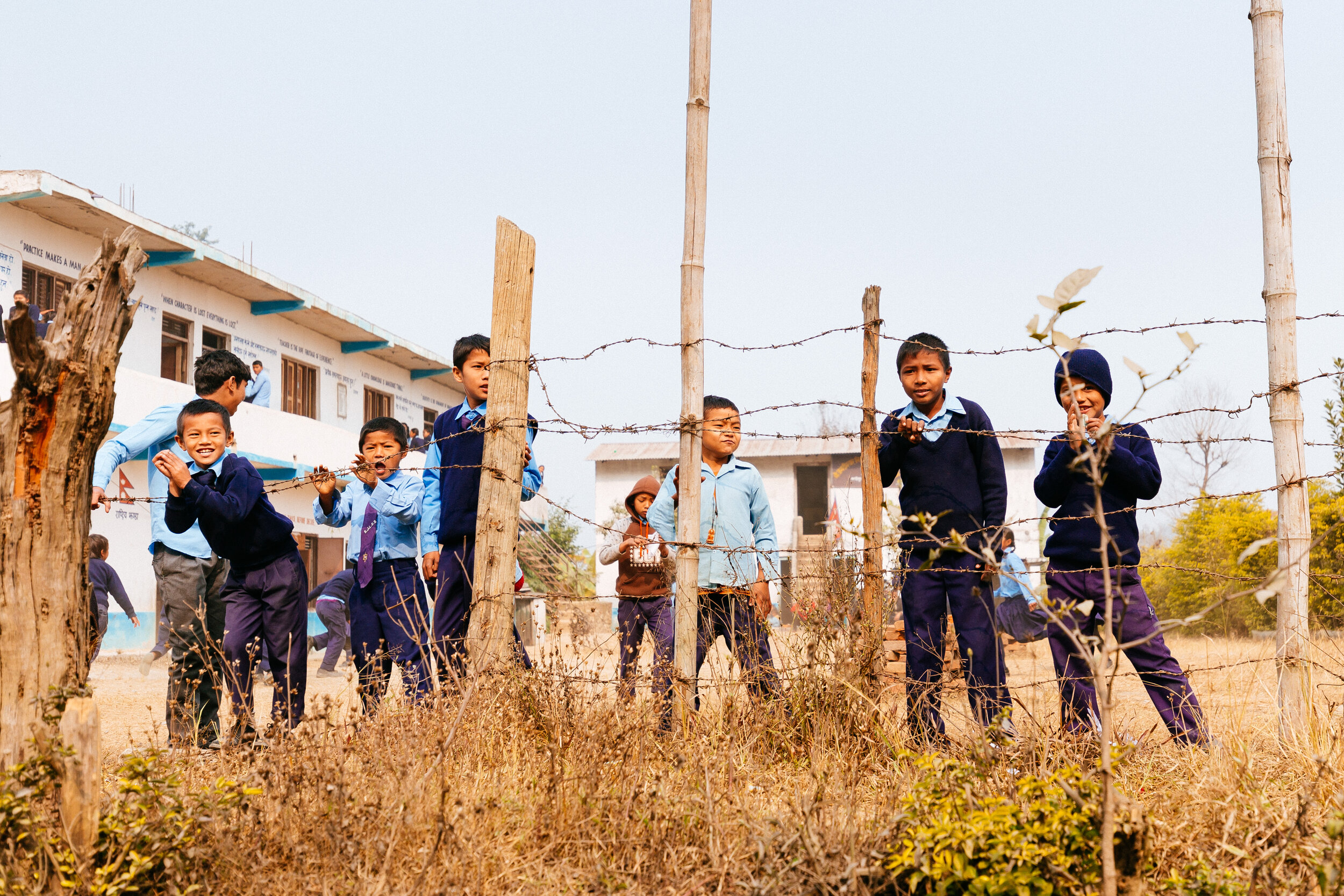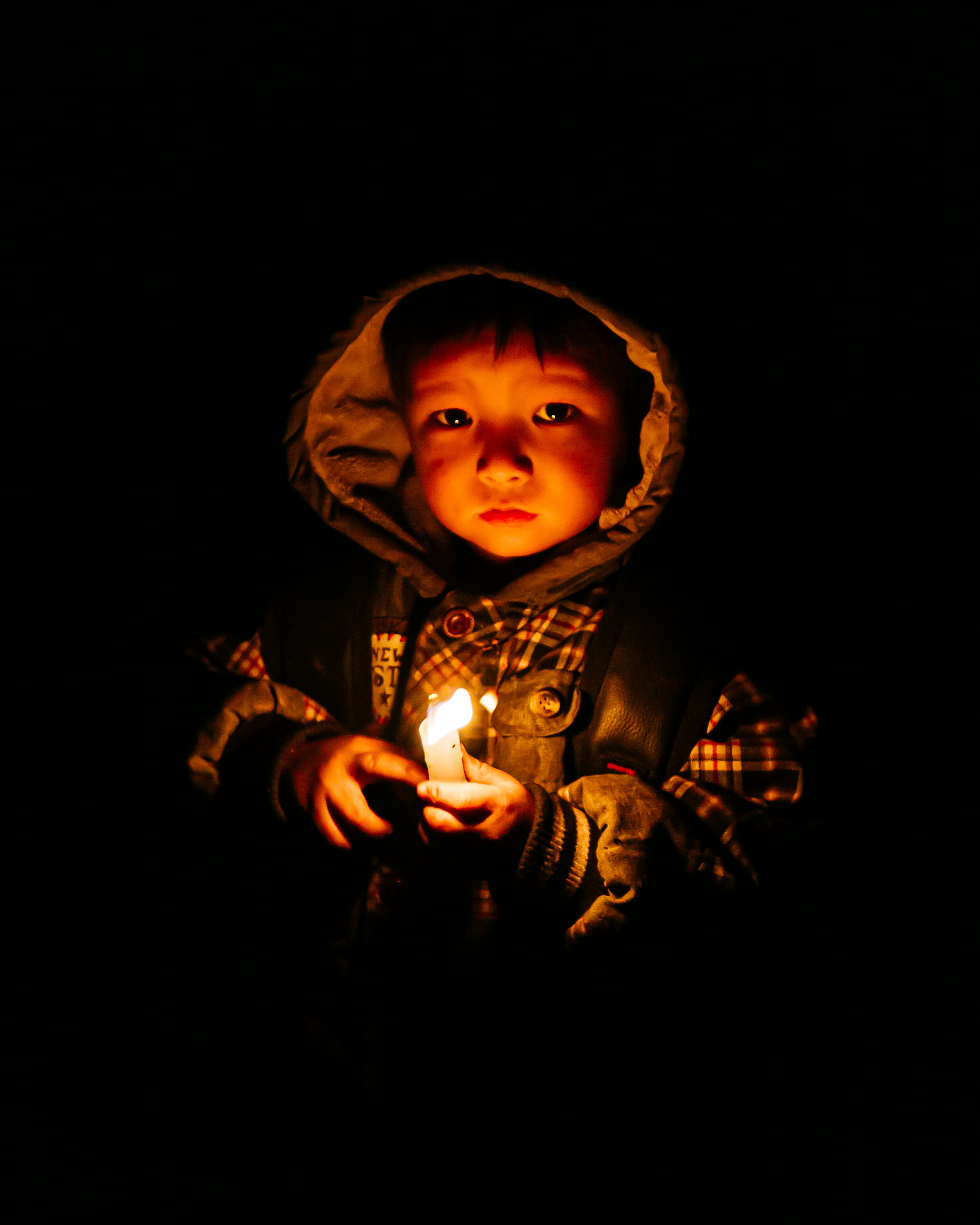Sanctuary in the House of Snow

Nepal, Kathmandu, Annapurna, the Himalayas: places “Greater than Heaven” where locals and explorers alike “chase angels and flee demons”.
by Josiah Q. Roe
In partnership with ZED Travels.
Five hours into a bus ride between Kathmandu and Pokhara I awake to make eye contact with a young child.
Teenage boys are perched precariously on the roof as our vehicle, bursting with people, color, and noise, careens around dirt roads above thousand-meter gorges.
My destination is two hours distant.
We pass long lines waiting for fuel rations: an economic crisis has turned humanitarian as petroleum shipments dwindle from 300 tankers a day to merely 10. Nepal is a landlocked country, dependent upon India and China for trade of major goods and resources.
At the bus stop I meet my guides Kisim and Anil, and we depart quickly for the Annapurna Sanctuary.
No less awe-inspiring than the tallest mountains and deepest gorges in the world is the presence of human habitation in the Himalayas. No roads connect the villages and settlements, only trails and the sometimes perfectly polished stone-paths, well-worn from 30,000 years of human presence.
Blue roofs and signage often indicate a tea-house providing food and shelter, with names of their villages like Landhruk, Chhomrong, Bamboo, and Deurali. Locals are quick to a greeting of “Namaste” and an offer of help.
Three days into our trek we meet a woman making Raksi in a small copper still. I empty my spare water bottle and purchase its filling; she smiles and laughs, shaking her head.
Raksi is like a slick vodka that pummels and warms and along with endless dal bhat, fuels our late nights of Dhumbal with fellow guides and trekkers, fending off consciousness until sunrise.
We rise each morning for tea or instant coffee, and we depart before the sun rises high enough to reach into deep into the valley.
Our march continues upwards through forests of rhododendron and bamboo, eventually crossing an ill-defined tree line where the grinding work of water, glacier, and time is revealed.
I pause often for photos and to take in each new vista, and we are passed by porters carrying 40 kilos of food and gas on their backs. Male and female, young and old, the are the only means of supply to mountain villages.
Our goal is a small gap between the peaks of Hiunchuli and Machapuchare which will take us into the Sanctuary. We stop for a break in the sun at Machapuchare Base Camp before making a final push to Annapurna Base Camp.
8,000’ walls of rock and ice tower above us as we make our way along the lateral glacial moraine.
The Annapurna massif has thirteen peaks over 7,000 metres (23,000 ft) and sixteen more over 6,000 metres (20,000 ft). Annapurna I Main is 8,051 meters (26,545’) high, making it the 10th highest mountain in the world and one of the deadliest to climb with a fatality-to-summit ratio of 1:3.1, or 32%, and is the highest of any of the eight-thousanders.
The wrap around us like a cathedral turned inside-out. The largest buildings we have seen yet, the Annapurna Basecamp, appear tiny.
The southern face of Annapurna I Main is a sheer rock wall that rises 9,800’ feet from the Sanctuary floor. Its size and intimidation defies description, and we spend hours at sunset and sunrise in awe before it.
After two days exploring the Sanctuary we head South out of the mountains with a final sunrise bidding us farewell. We make a stop at the Jhinu Danda Hot Springs, a virtual Eden of warmth after the dry, fierce cold o the mountains.
The re-entry to the urban world is jarring. Light winds allow pollution to gather in the urbanized valleys, even on the otherwise postcard-ready Phewa Lake.
I decide to take a longer route back to Kathmandu through Bharatpur on the Indo-Gangetic Plain, home to elephants and rhinos, tigers and jungle.
Roads are filled with people, cars, and animals alike, a cacophony of color, sound, and movement set against an apocalyptic sky.
I stop to meet a Nepali friend, Prash, at a school where he is a teacher. As I leave I hear a someone say: “Namaste”, and I turn around to see one of the school children I had just met.
In Kathmandu all sense of time comes to an end in a maze of seemingly impossibly narrow streets and ancient buildings.
I wander the streets at night. Electricity has been cut off to much of the city, and alleyways and shrines are lit only with candles and campfires, as merchants hawk their wares of vegetables and various foodstuffs to passersby.
At one such Hindu shrine I see a boy holding a candle just as he turns around. I meet his family. They sell endives and live in a dead-end alleyway around the corner.
I use my remaining rupees to buy additional food for an evening meal with the family, and I sleep on my seemingly-luxury backpacking air mattress next to their small fire of scraps of wood and paper and plastic.
My flight is the following morning.







